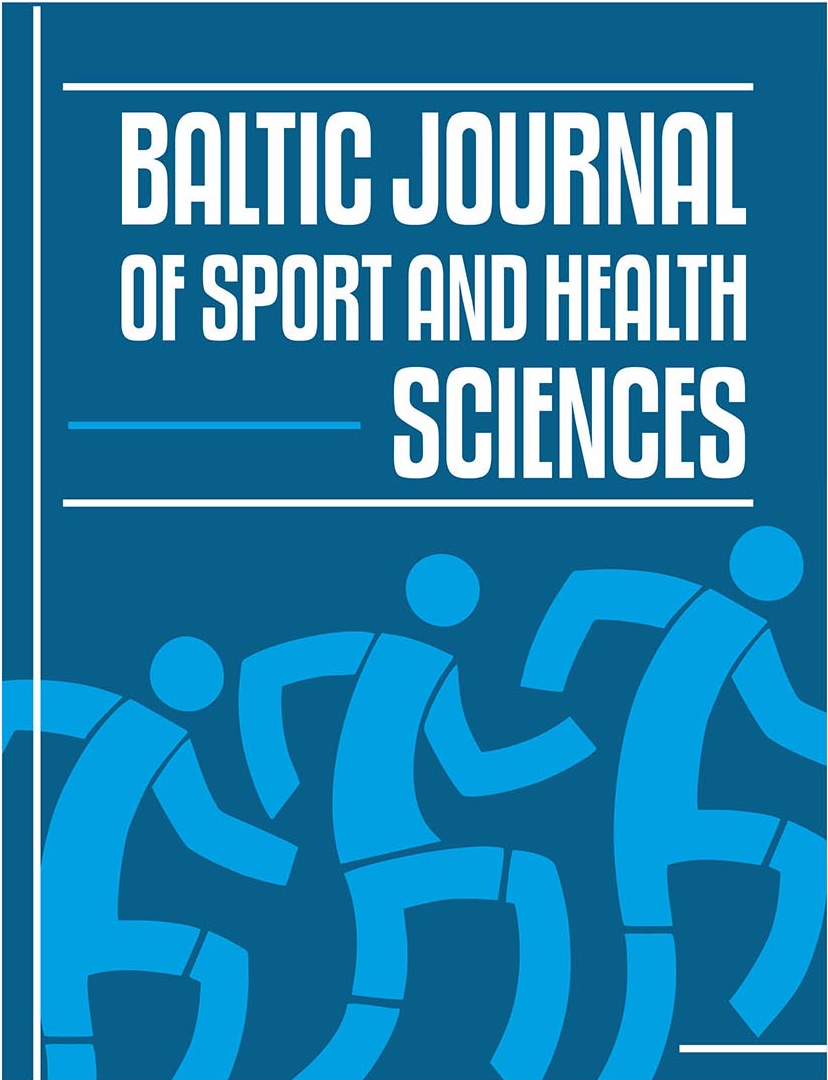Assessment of Dynamic Balance, Muscle Strength and Pain in Young Women with Generalized Joint Hypermobility
Abstract
This research aims to assess dynamic balance, muscle strength, and pain in young women with generalized joint
hypermobility.
Research methods: A cross-sectional research design was used in this study. The Beighton scale was used to
assess joint hypermobility; the Y test was performed to assess injury risk; a hand-held dynamometer was applied to
assess upper extremities’ muscle strength; the McGill tests were used for evaluation of the endurance of trunk muscles’ strength; a numeric analog scale and pain map were used to assess pain intensity and localization.
Participants: Twenty-fve young females (age: 22(18–28; 21,16) years; body mass index: (23, 19,2–24, 23,2)
kg/m²) participated in this study.
Results: The median Beighton score value was 7 (4-9;7.48) points. The Y balance test revealed that 36% (n=9)
of the participants were at risk of injury when standing on the dominant leg, and 64% (n=16) when standing on the
non-dominant leg. 64% (n=16) of the young women had a normal grip strength of the dominant hand, and 56%
(n=14) had normal non-dominant handgrip strength. Only 20% (n=5) of young women with joint hypermobility had
an abdominal-to-back muscle strength endurance ratio within the normal range and lateral muscle endurance ratio
was within the normal range only in 16% of women.
Conclusions: Our pilot study showed that young women with joint hypermobility have reduced hand muscle
strength, an imbalance in trunk muscle static endurance and an increased risk of injury in more than half of the subjects. As many as 76% of the young women in this study reported experiencing pain in different areas of the body.
Keywords: increased range of movement, fitness, injury risk .
Downloads
Published
Issue
Section
License
Copyright (c) 2024 Author(s). Published by Lithuanian Sports University.

This work is licensed under a Creative Commons Attribution 4.0 International License.






